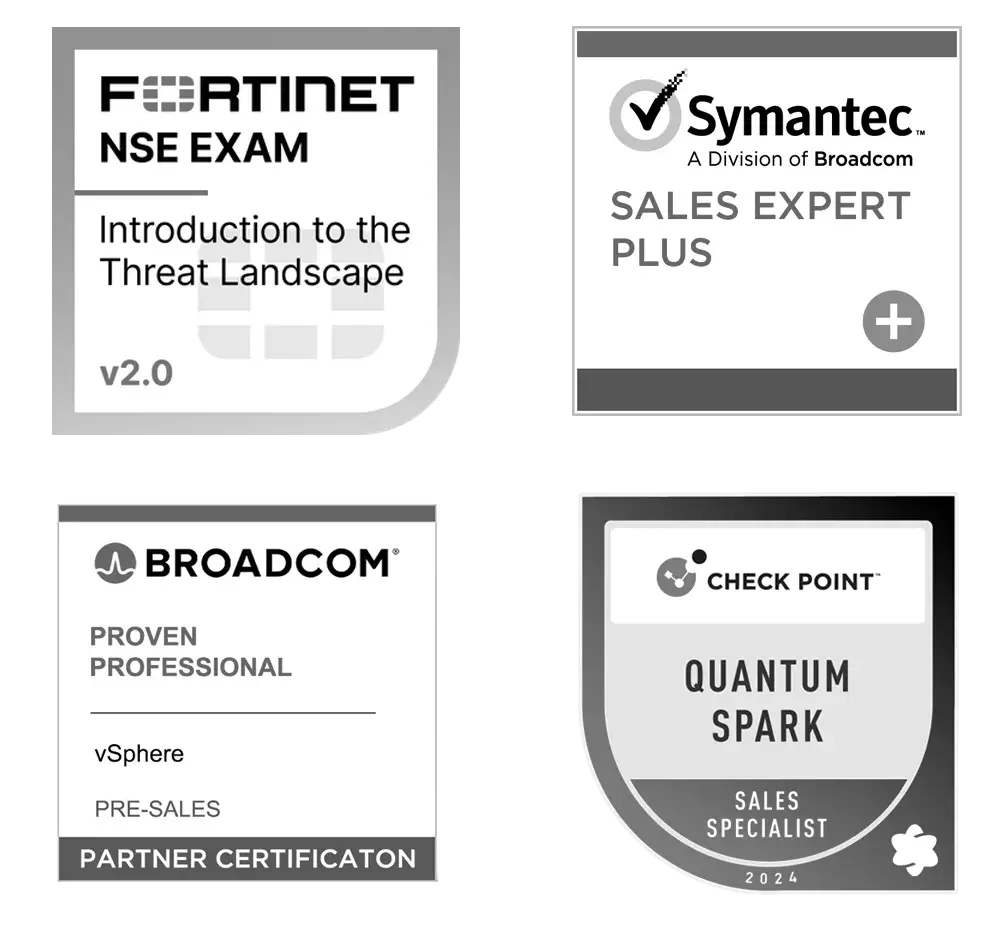In today’s digital landscape, where data breaches and cyber threats are increasingly sophisticated, safeguarding sensitive information is a critical priority for organizations. Data Loss Prevention (DLP) solutions have emerged as a powerful defense mechanism, designed to prevent unauthorized access, transfer, or disclosure of confidential data. By implementing DLP, companies can protect their intellectual property, maintain compliance with data protection regulations, and mitigate the risk of costly data breaches.
The Need for DLP in Modern Cybersecurity
As businesses evolve and digital transformation accelerates, the complexity of IT infrastructures increases. Organizations now operate in environments that include a mix of on-premises systems, cloud-based services, and mobile devices. This diversity creates multiple points of vulnerability where sensitive data could be exposed. Additionally, the rise in remote work has expanded the perimeter of corporate networks, making it more challenging to secure data consistently.
Modern cyber threats, such as phishing attacks, ransomware, and insider threats, target these vulnerabilities, making DLP an essential component of a comprehensive cybersecurity strategy. DLP solutions are designed to monitor, detect, and block the unauthorized transmission or storage of sensitive data, ensuring that it remains secure, no matter where it resides or how it is accessed.
How DLP Addresses Modern Cyber Threats
DLP solutions offer organizations the ability to:
- Monitor Data Movement: Track and control how data is accessed, shared, and transmitted across the network and on endpoint devices.
- Enforce Security Policies: Apply security policies that prevent unauthorized actions, such as copying data to external drives or sending sensitive information via email.
- Ensure Compliance: Help organizations comply with data protection regulations, such as GDPR, HIPAA, and PCI DSS, by preventing the loss or misuse of regulated data.
- Prevent Insider Threats: Identify and mitigate risks from internal users who may accidentally or intentionally expose sensitive information.
Detailed Pros and Cons of Endpoint DLP and Network DLP
| Feature | Endpoint DLP | Network DLP |
|---|---|---|
| Deployment | Requires software agents on individual devices | Installed as a network appliance at strategic points in the network |
| Monitoring | Monitors data at rest, in motion, and in use on endpoint devices | Monitors data in motion across the network |
| Coverage | Protects data both on and off the corporate network | Limited to data within the network perimeter |
| Management | Requires managing multiple agents across devices | Centralized management for monitoring network traffic |
| Granularity | Offers fine-tuned control over user activities | Provides broader control over data flows, but less specific at the user level |
| Scalability | Challenging to scale in large environments with many endpoints | Easier to scale, as it focuses on network traffic rather than individual devices |
| Real-Time Protection | Provides real-time protection on devices, regardless of network connection | Real-time protection only for data passing through the network |
| Offline Protection | Ensures data security even when devices are offline | No protection when data is accessed outside the network |
| Performance Impact | May impact device performance depending on the implementation | Minimal impact on endpoint performance, as it operates at the network level |
| Bypass Risk | Low, as it secures data at the device level | Higher, as users can potentially bypass network controls by using external networks |
Description, Details, and Differences
1. Endpoint DLP: Protecting Data at the Device Level
Description:
Endpoint DLP solutions are deployed directly on devices such as desktops, laptops, and mobile devices. These solutions monitor and control data at the endpoint level, preventing unauthorized actions like copying sensitive data to USB drives or uploading it to unapproved cloud services.
Details:
- Deployment: Software agents are installed on each device.
- Monitoring: Tracks data in use (e.g., during editing), data in motion (e.g., emails sent from the endpoint), and data at rest (e.g., stored on the device).
- Control: Allows granular, user-specific policy enforcement.
- Use Cases: Ideal for environments with remote workers or where data is frequently accessed off-network.
2. Network DLP: Safeguarding Data Across the Network
Description:
Network DLP solutions focus on protecting data as it moves through the network. Positioned at key points within the network, these solutions inspect and control data flows to prevent unauthorized transmissions of sensitive information, such as through email or web uploads.
Details:
- Deployment: Installed as network appliances or virtual machines at strategic network locations.
- Monitoring: Focuses on data in motion, such as file transfers, email traffic, and web uploads.
- Control: Enforces data security policies at the network level, typically by blocking, encrypting, or alerting on unauthorized data transfers.
- Use Cases: Best suited for environments where data primarily resides and is accessed within the corporate network.
Key Differences Between Endpoint DLP and Network DLP
- Scope: Endpoint DLP secures data at the device level, ensuring protection even when devices are off-network, while Network DLP focuses on securing data as it moves within the corporate network.
- Deployment Complexity: Endpoint DLP requires installation on each device, making it more complex to manage in large environments, whereas Network DLP is more centralized, with fewer points of deployment.
- Use Cases: Endpoint DLP is better for mobile and remote work scenarios, while Network DLP is ideal for securing data within a controlled network environment.
Conclusion
Choosing between Endpoint DLP and Network DLP depends on your organization’s specific needs. If your workforce is highly mobile or works remotely, Endpoint DLP offers the necessary protection even outside the network perimeter. However, if your primary concern is securing data within a controlled network environment, Network DLP may be the more efficient solution. For many organizations, a hybrid approach that combines both Endpoint and Network DLP provides the most robust defense against modern cyber threats.




